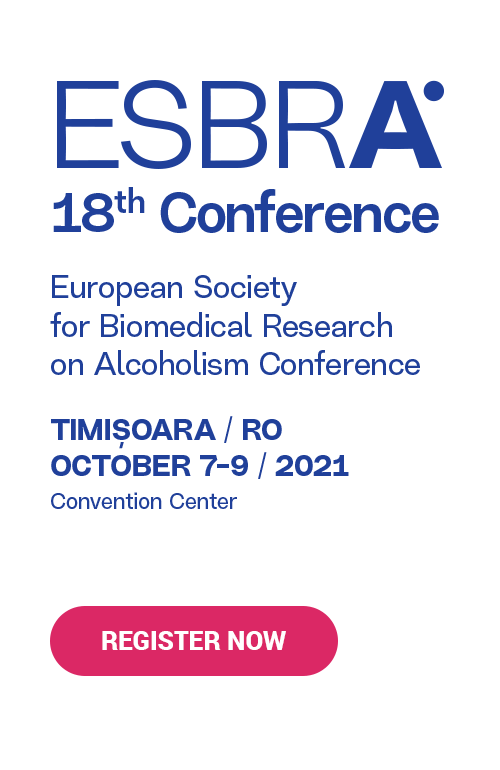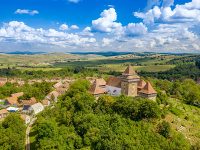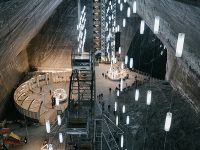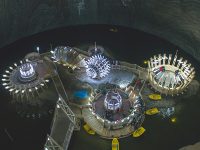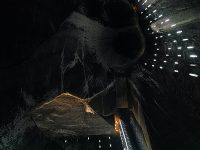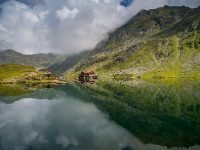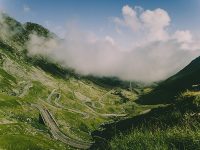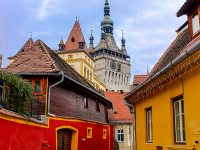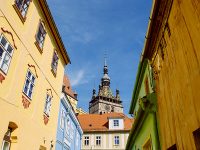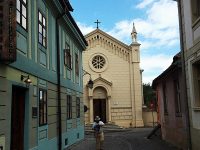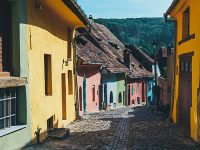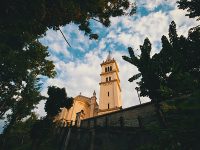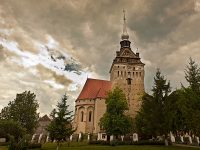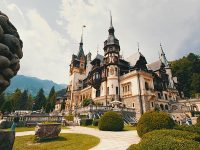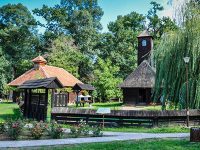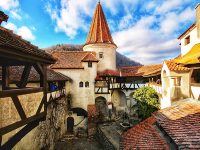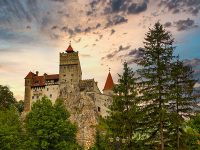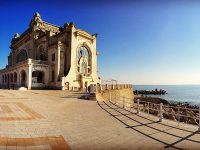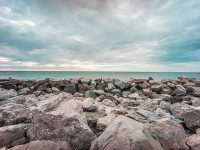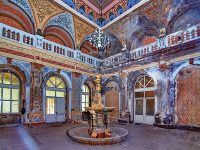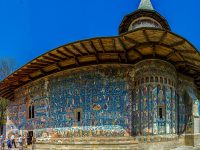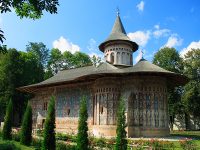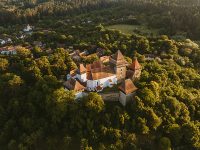Welcome to Romania!
The name “Romania” comes from the Latin word “Romanus” which means “citizen of the Roman Empire.”
Romania offers countless unique travel experiences that are waiting to be discovered.
A journey of three of four hours, by car or train, can take you from the Danube River to a beautiful, intact, medieval town; from Bucharest – Romania’s capital city – to the Black Sea;
from Southern Transylvania to the historic regions of Bucovina or Maramures.
Take a step back in time as you visit one of the unique painted monasteries in Bucovina, the perfectly preserved hilltop citadel of Sighisoara or an authentic, centuries-old, village in Maramures.
Explore Romania’s many architectural treasures and experience its vibrant and flourishing arts scene.
We look forward to welcoming you to Romania!
The Black Sea coast has long been known for cures of arthritic, rheumatic, internal and nervous disorders. Eforie Nord and Mangalia Spas specialize in mud baths (the mud is taken from the area’s salty lake waters) as well as in world famous “Gerovital” and “Aslavital” original rejuvenation treatments.
Romania’s collection of castles and fortresses perhaps best illustrates the rich medieval heritage of the country. While castles built from the 14th to the 18th centuries are strong and austere fortresses built mainly for defense against invaders, those erected beginning in the late 1800s are imposing and luxurious. The most popular include the 14th century Corvin Castle, built on the site of a former Roman camp, the elegant 19th century Peles Castle with its 160 rooms filled with priceless European art and, of course, the Bran Castle, built in the mid-1300s and legendary home to Bram Stoker’s Count Dracula.
The mighty Danube River flows 1,788 miles from its springs in Germany’s Black Forest to the Black Sea. Just before reaching the sea it forms the second largest and best preserved of Europe’s deltas: 2,200 square miles of rivers, canals, marshes, tree-fringed lakes and reed islands. The Danube Delta is a wildlife enthusiast’s (especially a bird watcher’s) paradise.
Central Romania encompasses what is popularly known as Transylvania – a place that immediately brings to mind the legend of Count Dracula. While the legend is certainly intriguing and a genuine tourist attraction, the region has much more to offer. Some of Europe’s best-preserved medieval towns, most notably Sighisoara, Brasov and Sibiu, are located here.
Among the most picturesque treasures of Romania are the Painted Monasteries of Bucovina (in northeastern Romania). Their painted exterior walls are decorated with elaborate 15th and 16th century frescoes featuring portraits of saints and prophets, scenes from the life of Jesus, images of angels and demons, and heaven and hell.
Started by Romans and unique in Europe. Today Romania’s 70 natural spas provide relief for many medical disorders and illnesses including rheumatism, endocrine, kidney, liver, respiratory, heart, stomach and nervous diseases as well as nutrition, metabolism and gynecological disorders.
Early bird
registration
Deadline abstract
submission
Abstract acceptance
notification
3 Victor Babes street, ap. 3
Cluj-Napoca, Romania
+40 364 146 681
esbra@medevents.ro

